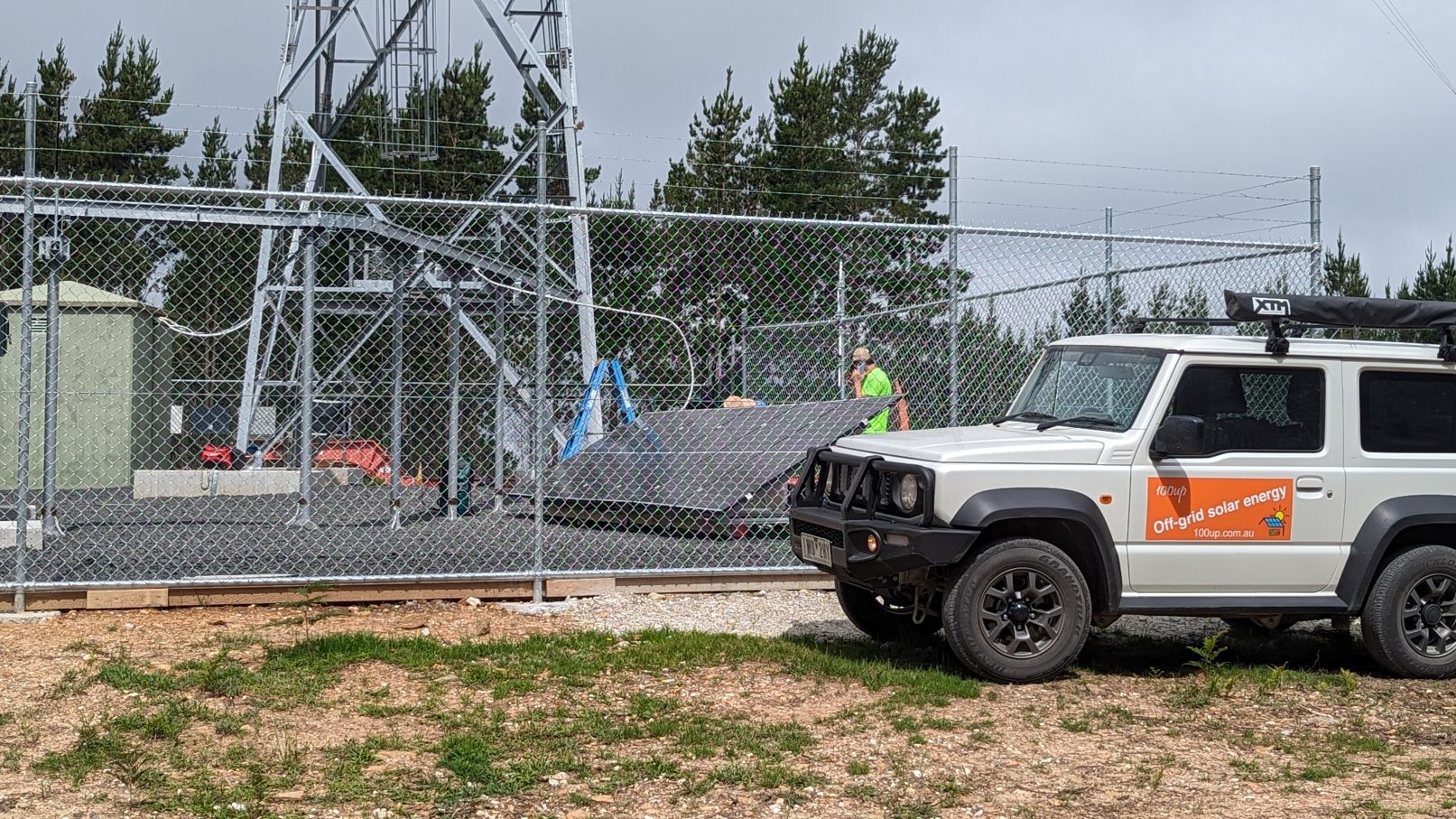 RE-ENERGY off-grid solar system Ballarat
RE-ENERGY off-grid solar system Ballarat 
Micro-Grids: Energizing Self-Sufficiency
At its core, a micro-grid mimics a miniature version of a complete grid system. Within its electrical boundaries, you find elements of electricity generation, storage, distribution, and consumption. It’s a self-sustaining ecosystem that can function either as a standalone entity or be interconnected with the larger grid at a common point of coupling. Crucially, all the electricity generated is consumed within the microgrid network.
Virtual Power Plants (VPPs): Orchestrating Efficiency
Virtual power plants take a different route, employing software to orchestrate a network of generation and demand-side storage. They’re a symphony of technology that combines battery storage with traditional energy generation methods like solar panels, conventional power plants, and wind turbines. The beauty lies in optimization, making the entire system more efficient for both end-users and distribution utilities.
Distinguishing Micro-Grids from VPPs:
1. Connectivity and Independence:
Micro-grids can either be grid-connected or off-grid systems. VPPs, however, are always grid-connected. A key distinction is that micro-grids can isolate themselves from the larger grid, enabling independent functionality. In contrast, VPPs are integrated with existing grid infrastructure, making them unable to deliver power when the grid is down.
2. Technology Dependencies:
Micro-grids rely on inverters and smart switches to manage their operations, while VPPs hinge on smart meters and associated technologies to harmonize the generation and storage interplay.
3. Physical Boundaries and Flexibility:
Micro-grids are defined by their clear electrical boundaries. On the other hand, VPPs lack rigid geographic confines. The area, resources involved (like batteries), and even the participating customers can be altered dynamically.
4. Scale and Goals:
Ultimately, the decision between micro-grids and VPPs often boils down to scale and objectives. Micro-grids are tailored to offer localized benefits within specific network boundaries. In contrast, VPPs have the potential to deliver advantages across larger areas, even encompassing the grid as a whole.
Unlocking the Potential: Redefining Energy Management
Both micro-grids and VPPs present a compelling blend of reliability, resilience, and economic advantages for both end-users and distribution utilities. As the renewable energy landscape evolves, the distinction between these two approaches becomes pivotal. They represent innovative pathways towards energy autonomy and efficiency, each with its unique strengths.
In the grand symphony of energy transformation, micro-grids and virtual power plants compose distinct notes that harmonize towards a sustainable and empowered future. Beyond buzzwords, they epitomize the profound shift towards reimagining how we harness and utilize energy resources to power our lives.
Conclusion
In the ever-evolving saga of energy revolution, the juxtaposition of micro-grids and virtual power plants reveals a profound narrative. These concepts are more than just industry buzz – they embody the transformation of power generation, distribution, and consumption.


